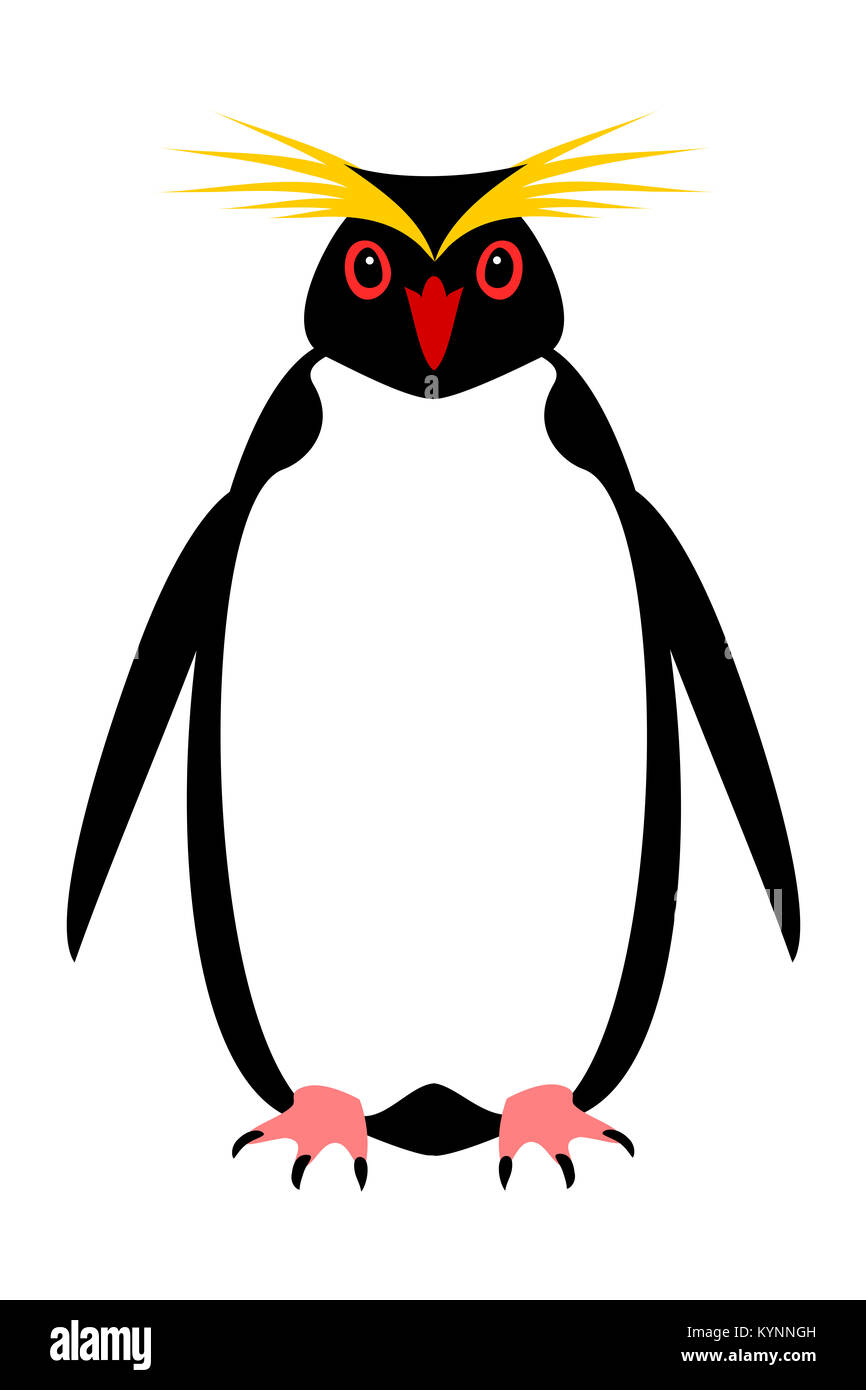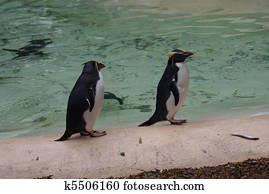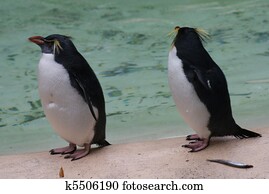
Like their emperor relatives, king penguins incubate their eggs on their feet. King penguins have a peculiarly prolonged breeding cycle, with the period from egg-laying to chick-fledging lasting up to 16 months – the longest of any penguin.

Here, they form chatty colonies in ice-free areas to moult and mate. King penguins live on both Macquarie Island, and Heard Island and the McDonald Islands. But kings are more eye-catching, with vivid markings reminiscent of a tropical sunset. King penguins are the second-largest penguin species (after emperor penguins), measuring up to one metre tall. Eradication programmes and specially-trained guard dogs are some of the ways we’re trying to protect these pint-sized penguins. Uncontrolled dogs also pose a threat to little penguins, as does human disturbance. Most little penguin colonies are located on offshore islands, where they are somewhat safer from introduced predators like cats and foxes. After dusk, they return home in “rafts” and scurry across the beach in a “penguin parade”. Over the day, they’ll travel up to 20km in search of fish, cephalopods and crustaceans. These petite paddlers make their homes along the coast of southern Australia, with colonies located on Montague Island and Sydney’s Manly Beach in NSW, the St Kilda breakwater in Melbourne, Victoria’s Phillip Island and the aptly-named Penguin Island in WA (among others).Įach morning, little penguins will leave their burrow to spend the day fishing at sea. On Macquarie, euphausiids make up only half the diet by weight, with fish constituting the other half.Only a tad bigger than a bowling pin, little penguins (sometimes called fairy penguins) are the smallest penguin species in the world. The diet is mainly composed of crustaceans.

Royal Penguins have been recorded, possibly breeding, on Heard, Kerguelen, Crozet Island, and Marion Island amongst dark-faced Macaroni Penguins and stragglers have been observed as far north as North Island, New Zealand. Vagrant dark-faced birds are known from South Africa, Antarctica, Campbell Island, and The Snares. Macaroni Penguins are migratory and found only exceptionally near land during the non-breeding season. Breeding colonies are found on the Antarctic Peninsula, islands around Cape Horn, Falklands, South Georgia, South Sandwich, South Orkney, South Shetland, Bouvetøya, Prince Edward, Marion, Crozet, Kerguelen, Heard Island and Macquarie Island. The range overlaps with that of the southern form of the Rockhopper Penguin. The distribution of Macaroni Penguin extends from the sub-Antarctic to the Antarctic Peninsula, but overall they are found further south than the rest of the crested penguins.

Satellite telemetry studies indicate that Macaroni Penguins forage mainly along the polar front regularly travelling up to 400 km to reach a feeding site. In most cases the A-egg is lost before or on the day the B-egg is laid, and it almost never survives to fledging even though the embryo is viable. The first-laid A-egg is about 61-64% smaller than the B-egg. Egg-size dimorphism of Macaromi Penguins (and Erect-crested Penguins) is amongst the largest known for any bird. Most birds build a small nest from pebbles and by scraping out some mud or sand, but many pairs are content with laying their two eggs on bare rock. Instead only a short orange-yellow supercilium is present.īreeds on rocky slopes, beaches and amongst tussocks. Immatures are similar to adults but lack the long feather crest.
#Macaroni penguin rockhopper full
Most Macaroni Penguins breeding on Macquarie Island (south of Australia) have a white face and are referred to as Royal Penguins: they are sometimes given full species status ( Eudyptes schlegeli), although the biological basis for doing so is very doubtful. Macaroni Penguins are also slightly larger than the other crested penguins.

higher up the head than in other species. They originate from a supercilium that meets at the front, i.e. In contrast to the other crested Penguins, this species has orange, not yellow, feather plumes.


 0 kommentar(er)
0 kommentar(er)
